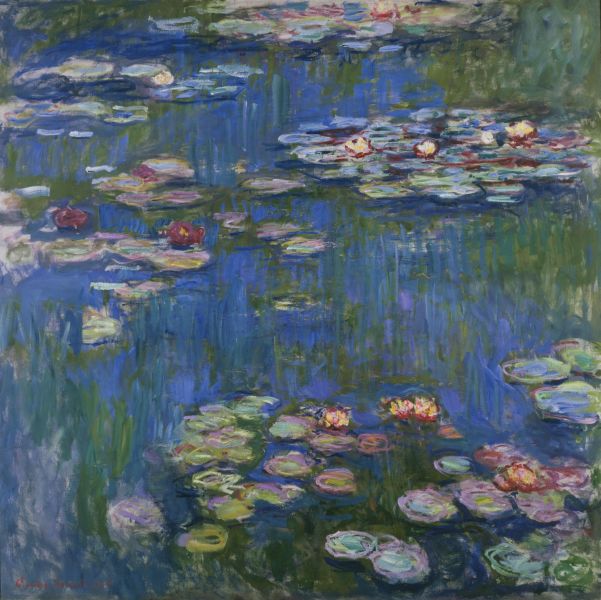People ask me, "Scott, why do you hate power so much?"
I don't actually hate power, but every type of power obscures access to other types of power. Readers may respond that certain types of power can be added together to create composite powers, so it isn't necessarily true that one type of power obscures access to another. But even with composite powers, it is smart to separate them into distinct forces, so they can be perfected individually.
The primary method of Daoist martial arts is to reduce power, or to discard as many types of power as possible. What is left when power is discarded? Mass, structure, perception, awareness, balance, the capacity to change, density, fluidity, mobility, pliancy, and expression.
Daoist martial-theater uses expression to imitate the appearance of power, both as patterns of movement, and as techniques for moving other people's bodies. But power is not necessary, the techniques and appearances are all illusions of the theater. I may look tough but I'm actually empty. My toughness is fake. I my look wimpy, but my wimpiness is an illusion, I'm actually tough. (Fake things can still have real world effects.)
A pattern of toughness which is held as stored power, even if it is just a mental strategy, will limit the range of one's expression. The key is to stop carrying around strategies for domination. The simple effort of carrying around ideas about power, obscures access to the purest, most innate forms of power.
Thus, the daily project of Daoist martial-theater becomes the practice of cleaning or clearing out power from the body. To do this one must fully comprehend each type of power. At first this seems like a paradox, because one will not be able to fully comprehend any type of power unless he or she practices using it. In the Taijiquan Classics, this practice is actually called dongjin, literally: comprehending power.
The implication is that once power is fully comprehended it is no longer needed. This needs further explanation.
There are countless types of power used in Chinese martial arts, some of them obvious, some hidden. Generally the term jin is used to denote all these types of power, while the term jing is used to denote just the physical body without intent. So jin are all the ways intent is used to move jing.
Daoism's golden elixir practice (called jindan) has been a constant of Chinese culture for a couple thousand years. It uses the idea of qi as the intermediary between shen (the spatial mind) and jing (the physical body). Shen moves jing, but only in directly, qi is like a buffer which is released from jing whenever intent in the body is reduced.
For example, if I slap a student in the face, qi will float off of the student's face. Whether he or she associates the slap with love, or hate, or a comedy routine, is a process of the imagination, we call that shen. Theatrical content is created by simultaneously linking the experience of the qi (we call it heat or "a stinging sensation") to the location of the slap and the imagination. Qi is the intermediary between jing and shen (the "sting" is the intermediary between the physical body and the imagination).
That is what we call in Daoism jindan, the golden elixir of immortality.
To develop this, one has to re-learn how to move. Although cosmo-physiologically speaking, this is our original state, our self-empowered predator state (before we became appendages of our tools).
The process is different for everyone because we each come to the practice with different types of developed power.
Each type of jin (by definition: using intent within the body) will make the body more dense in some way or other-- if it is practiced as power. But if a type of jin is simply practiced as a pattern of movement expression, without attempting to accumulate power, it has a cleansing or purifying effect.
So one could say that every type of imaginable power fixes or cleans the physical body in some way, as long as it isn't used as power.
The cleaner the body (jing) becomes, the more readily qi is available as an intermediary. And thus, the more readily, and expressively, the imagination can move the body. (Rory Miller's crowd is now calling this effect "plastic mind.")
All those types of power become underlying integrity. This is most obvious with structure training, but is true for all type of power. This is very simple to explain in the case of "good" structure. Once it is established it simply supports other movement, it does not need to be used in any direct way.
This is why, for instance, I teach the four basic taijiquan powers (peng, ji, lu and an) until students can move with them in a continuous flow; and then I have students drop them. They represent interior structure and efficiency. What I don't do is encourage students to perfect these powers as techniques past the point of being able to simply do them and identify them in themselves and others.
Once a type of power is established it can be used to clean the jing, to purify one's form. This is done by practicing power as movement patterns using only the spatial mind, with no intent in the body.
Actually, the body can be cleaned by simpler movements, like shrinking and expanding. The golden elixir of immortality (jindan) practice does not consider martial power development essential. However, students of martial arts who fail to develop power(s) will likely lack the ability to apply advanced spatial mind connections to fighting games or against tricky opponents.
So go ahead and develop power, just practice not using it.
_________
For reference, see the Daodejing, chapter 28, The Uncarved Block.






